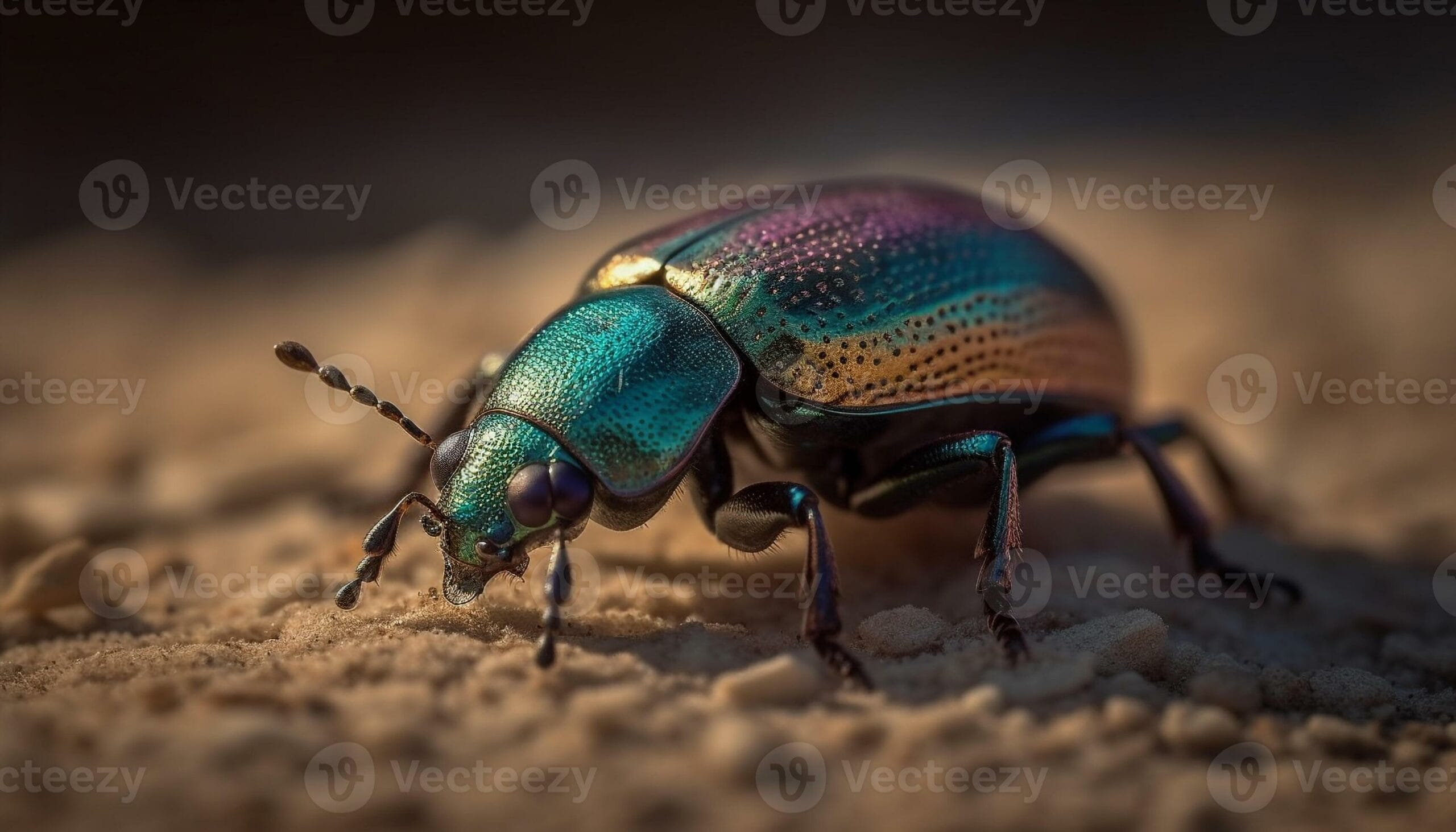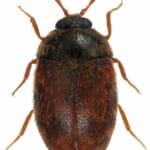Unveiling the Sacred Symbolism: Exploring the Scarab Beetle Meaning in Ancient Egypt
The Tiny Beetle That Captivated Ancient Egypt
Step into the mystical world of ancient Egypt, where a tiny creature, the scarab beetle, held immense power and significance. Revered as a sacred symbol, the scarab wove its way into the very fabric of Egyptian culture, from the grand tombs of pharaohs to the everyday lives of ordinary people. Join us as we unearth the captivating symbolism and enduring legacy of this unassuming yet powerful creature.
The Scarab’s Connection to Creation, Rebirth, and Transformation
Why did the ancient Egyptians hold the scarab beetle in such high regard? Their fascination likely stemmed from observing the beetle’s intriguing behavior. Picture a land bathed in sunshine, where the Egyptians witnessed these small beetles rolling balls of dung across the ground. This seemingly simple act sparked a powerful connection to their most revered celestial body – the sun.
The Egyptians associated the beetle’s dung rolling with the sun god, Khepri, who they believed pushed the sun across the sky each day, just as the beetle propelled its dung ball. This association elevated the humble scarab to a symbol of creation, as Khepri was also the god of life and renewal.
But the scarab’s symbolism went even deeper. Its life cycle, emerging from a dung ball as a fully formed beetle, mirrored the Egyptians’ profound belief in rebirth after death. Just as the scarab underwent a remarkable transformation, they believed humans, too, would experience a similar rebirth in the afterlife.
This cycle also came to represent the potential for personal growth and evolution. The scarab’s journey, from a seemingly insignificant larva to a powerful beetle, served as a potent reminder that change is constant and that transformation is possible for everyone.
More Than Just an Insect: The Power of Scarab Amulets
In ancient Egypt, you wouldn’t have walked far without encountering someone sporting a stylish scarab amulet. These weren’t mere fashion statements; they were powerful talismans believed to offer protection, good luck, and even a helping hand in the afterlife.
Among the most significant were “heart scarabs,” often placed over the deceased’s heart during mummification. These amulets were believed to guide the soul through the underworld and ensure a smooth transition into the afterlife.
The scarab’s influence extended beyond amulets. Its image adorned the walls of tombs and temples, graced statues, and appeared in intricate paintings. These ubiquitous depictions served as constant reminders of the sun god’s journey, the promise of rebirth, and the cyclical nature of life.
The Scarab’s Legacy: Timeless Wisdom for the Modern World
Thousands of years after the ancient Egyptians first embraced the scarab’s symbolism, its message continues to resonate with people around the world. Here’s why:
- Embracing Change: Just as the scarab emerges transformed from its humble beginnings, we’re reminded that change is inevitable. Endings, however difficult, often pave the way for exciting new chapters in our lives.
- Self-Reflection: The scarab’s metamorphosis serves as a powerful prompt for introspection. It encourages us to examine our own growth, identify areas where we might embrace change, and strive to become the best versions of ourselves.
- Environmental Awareness: Let’s not forget the scarab’s crucial ecological role. By breaking down waste and contributing to a healthy ecosystem, this tiny creature reminds us of our own interconnectedness with nature and the importance of maintaining a delicate balance.
The scarab beetle’s enduring appeal lies in its ability to connect us to the profound wisdom of the ancient Egyptians. It reminds us that even the smallest creatures can hold deep meaning and that the cycles of creation, transformation, and rebirth are timeless and universal.
What Do Scarab Beetles Symbolize?
The scarab beetle’s symbolism in ancient Egypt was rich and multifaceted. To fully appreciate its significance, imagine yourself in the shoes of an ancient Egyptian. You observe these beetles meticulously rolling balls of dung across the sun-drenched land. Suddenly, a connection forms in your mind—the beetle rolling its dung ball mirrors the sun god Ra (or Khepri) moving the life-giving sun across the sky.
This connection between the beetle’s earthly actions and the celestial journey of the sun solidified the scarab’s status as a sacred symbol. The Egyptians saw the scarab as a physical manifestation of Khepri’s power, representing creation, light, and the triumph of life over darkness.
But the scarab’s symbolism didn’t end there. Its incredible transformation, emerging from a seemingly lifeless dung ball as a new beetle, resonated deeply with the Egyptians’ belief in rebirth. This metamorphosis became a potent symbol of the soul’s journey after death, offering hope for resurrection and a continued existence in the afterlife.
Unraveling the Myth of the Scarab Beetle
The ancient Egyptians wove elaborate myths and beliefs around the scarab beetle, further cementing its importance in their culture and spirituality. These myths offer fascinating insights into how the Egyptians viewed the cosmos, the afterlife, and the interconnectedness of all living things.
At the heart of the scarab myth is Khepri, the sun god often depicted with a scarab beetle for a head. The Egyptians believed that Khepri was responsible for pushing the sun across the sky, just as the scarab beetle rolled its dung ball. This daily journey symbolized the cyclical nature of life, death, and rebirth, with the sun dying each evening only to be reborn the next morning.
The scarab’s life cycle, emerging from a dung ball buried underground, reinforced its association with rebirth and resurrection. This parallel between the beetle’s metamorphosis and the soul’s journey after death made the scarab an essential element in funerary rituals.
The Scarab’s Enduring Significance in Ancient Egypt
The scarab beetle’s importance in ancient Egypt is undeniable. Its presence could be felt in all aspects of life, from religious ceremonies to everyday objects.
Amulets: Scarab amulets were ubiquitous in ancient Egypt. Crafted from materials ranging from simple clay to precious gold, these amulets were worn for protection, good luck, and as a reminder of the promise of rebirth.
Funerary Rituals: Perhaps the most well-known use of scarabs is in funerary practices. Heart scarabs, often inscribed with spells from the “Book of the Dead,” were placed over the deceased’s heart to protect it during the journey through the underworld and ensure a favorable judgment in the afterlife.
Decorative Arts: The scarab motif appeared extensively in Egyptian art, adorning everything from tomb paintings and jewelry to furniture and pottery. These depictions served both decorative and symbolic purposes, reflecting the scarab’s cultural and spiritual significance.
Language: Even the Egyptian language reflects the scarab’s importance. The word for scarab, “kheper,” also means “to transform,” “to become,” or “to come into being.” This linguistic connection highlights the beetle’s association with change, creation, and the realization of one’s true potential.
Conclusion: The Scarab’s Enduring Message
The scarab beetle’s story is a testament to the power of observation, symbolism, and the human desire to find meaning in the natural world. What began as an observation of a beetle’s curious behavior evolved into a complex belief system that shaped ancient Egyptian culture for centuries.
While the world of the ancient Egyptians may seem distant, the scarab’s message continues to resonate with us today. It reminds us of the interconnectedness of all living things, the cyclical nature of life, and the potential for transformation that resides within each of us. The next time you encounter a scarab beetle, take a moment to appreciate its unassuming power and the profound symbolism it has carried for millennia.
Did you know that the herbivorous dinosaur, the Saurolophus, was renowned for its unique, hollow crest? And if you’re fascinated by unusual insects, be sure to check out the vibrant scorched wing moth caterpillar with its captivating patterns.
- Unveiling the Enigma: Mansoureh Khojasteh Bagherzadeh’s Public Appearances & Private Life in Iran - July 18, 2025
- Unveiling the Mystery: Mansoureh Khojasteh Bagherzadeh’s Husband: A Rare Glimpse into a Private Life - July 18, 2025
- Unveiling Masoud Khamenei’s Mother: Power, Influence, and Iran’s Future - July 18, 2025

















1 thought on “Unveiling the Sacred Symbolism: Exploring the Scarab Beetle Meaning in Ancient Egypt”
Comments are closed.